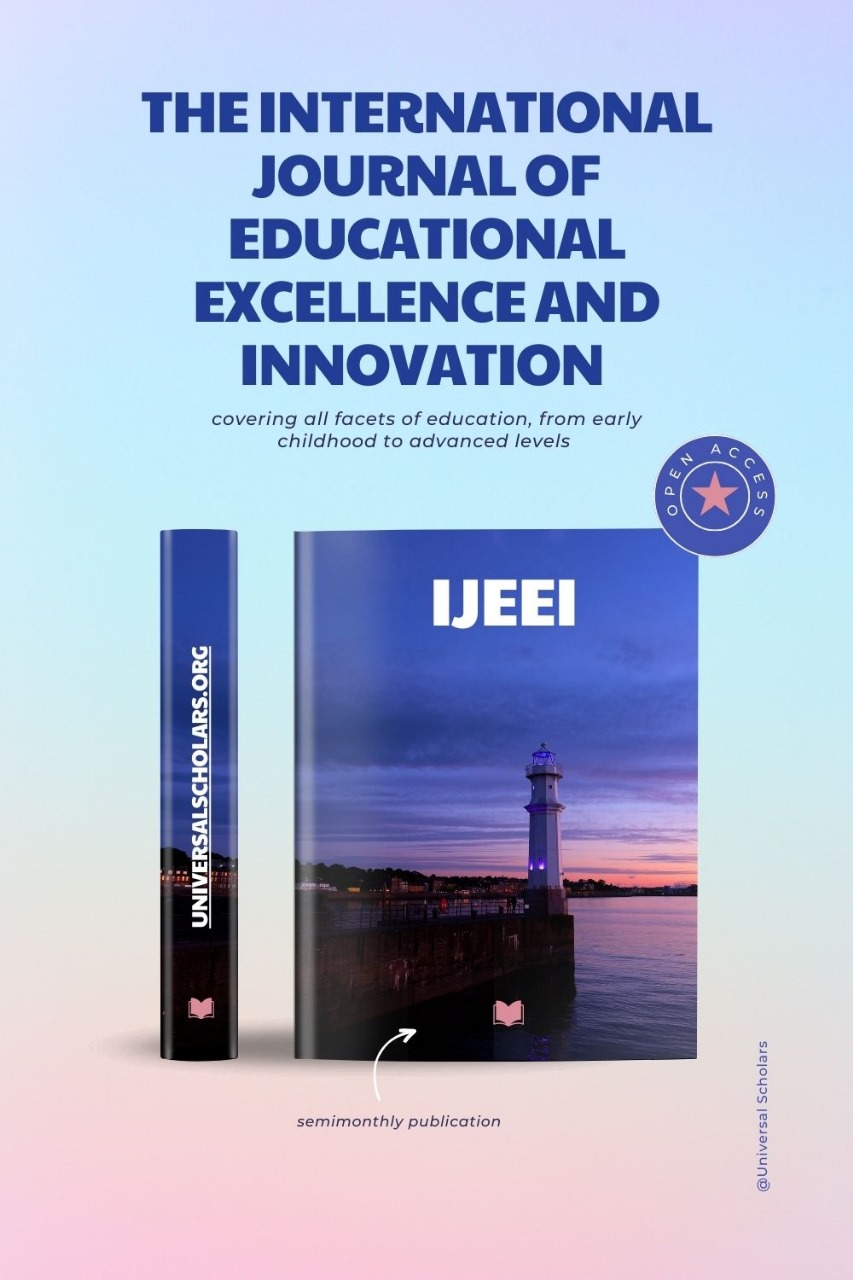Abstract
This study, entitled “(In)effectiveness of Television Journalism at Home Office in an Emergency Context: a look from Information Sources in Mozambique”, aims to understand the viability of journalism carried out remotely (home office) in Mozambique, amid the emergency of Covid-19 pandemic. The authors use reflections from other authors such as the cases of Domingos Amaral and Nelson Traquina, just to name a few, aiming to deepen understanding to respond to the concern (problem) about the effectiveness in producing journalistic content in home format office in the Mozambican context. The methodology is qualitative and quantitative in nature (Content Analysis), with data collection being carried out among participants to investigate the extent to which journalism explored sources of information in the home office modality in Mozambique. The results indicated that the STV newsroom used both the home office and the traditional method to produce reports, highlighting the importance of new technologies for the work of journalist teams during the health crisis. Journalists, when faced with the need to adapt their work routines, maintained their activities amid emergency measures and there was no need for face-to-face meetings with information sources, making it possible to produce information to feed their news reports.
References
Alberton, A. (1996). Uma metodologia para auxiliar no gerenciamento de riscos e na selecção de alternativas de investimentos de segurança (Dissertação de Mestrado). Universidade de São Paulo.
Almeida, I. M., & Binder, M. C. P. (2000). Metodologia de análise de acidentes: Investigação de acidentes do trabalho. FUNDACENTRO.
American Psychiatric Association. (2020). Educational activity: COVID-19 and mental health: Caring for the public and ourselves.
Azambuja, G. K. B. (2010). Jornalismo 3G: reconfigurações da produçãojornalísticana era da mobilidade* (Dissertação de Mestrado). Universidade do Vale do Rio dos Sinos.
Bardin, L. (2009). Análise de conteúdo*. Lisboa: Edições 70.
Baulane, M. (2011). Gestão de recursoshumanos e tipologia de recursoshumanos*. Instituto Superior Monitor.
Cajazeira, P. E. S. L. (n.d.). Historicidade da participação e interação no jornalismotelevisivo*. RevistaBrasileira da História da Mídia, 9(1).
Charaudeau, P. (2015). Discurso das mídias. São Paulo: Contexto.
Goldenberg, M. (1997). Aarte de pesquisar. Rio de Janeiro: Record.
Gil, A. C. (2008). Métodos e técnicas de pesquisa social. Editora Atlas.
Guerra, E. L. A. (2014). Manual de pesquisaqualitativa. Anima Educação.
Huremović, D. (2019). Psychiatry of pandemics: A mental health response to infection outbreak. Springer Nature Switzerland AG.
Langa, S. (2023). RebanhoDesorientado: dos EnlatadosTelevisivos à Moçaxiologia. Maputo: Kuphaya,
McCombs, M., & Shaw, D. (1972). The agenda-setting function of mass media. Public Opinion Quarterly.
Muatiacale, L. (2007). EstratégiasDiscursivas dos Telejornais de Moçambicana: AnáliseCrítica do Jornal Nacional e Jornal da Noite. Dissertação de Mestrado. São Paulo
Oliveira, M. F. (2009). Metodologiacientífica: um manual para a realização de pesquisasemadministração. UFG.
Nhacumba, V. (2011). O Contributo da Televisão de MoçambiquenaConstrução da Identidade Nacional. Dissertação de MestradoemCiências da Comunicação, Área de EspecializaçãoemInformação e Jornalismo. Universidade do Minho - Instituto de CiênciasSociais
Salaverría, R., et al. (2020). Desinformaciónentiempos de pandemia: tipología de los bulossobre la Covid-19. El profesional de la información, 29(3).
Siqueira, F., & Monteiro, P. (Orgs.). (2020). Jornalismoem tempos de pandemia: reconfiguraçõesna TV e na Internet. João Pessoa: Editora UFPB.
Traquina, N. (2005). Teorias do jornalismo: porque as notíciassãocomosão*. Florianópolis: insular.
Wolf, M. (1994). Teorias da comunicação.
Zwielewski, G., Oltramari, G., Santos, A. R. S., Nicolazzi, E. M. da S., Moura, J. A. de Schlindwein-Zanini, R., & Cruz, R. M. (2020). Federaçãolatino-americana de sociedades de sono e aassociaçãolatino-americana de psicologia do sono.

This work is licensed under a Creative Commons Attribution-NonCommercial-NoDerivatives 4.0 International License.
Copyright (c) 2024 Sérgio Jeremias Langa, Alberto Zuze (Author)

